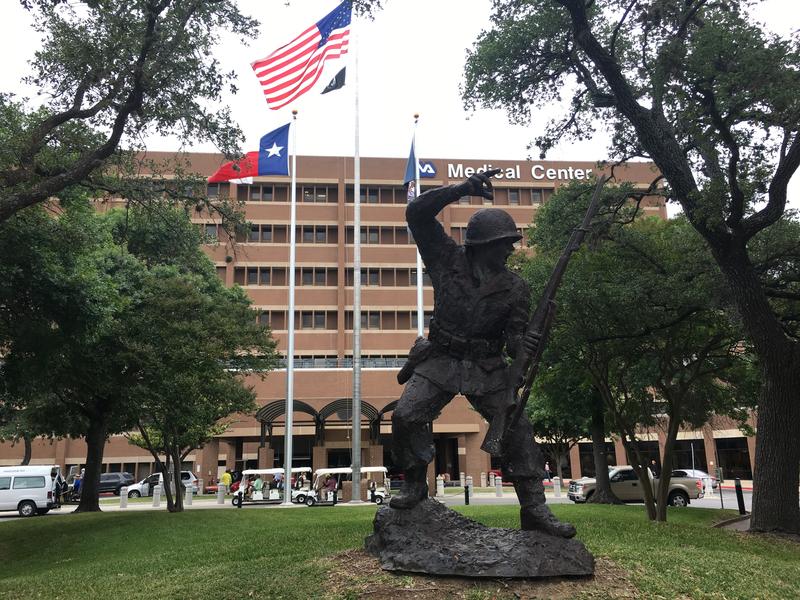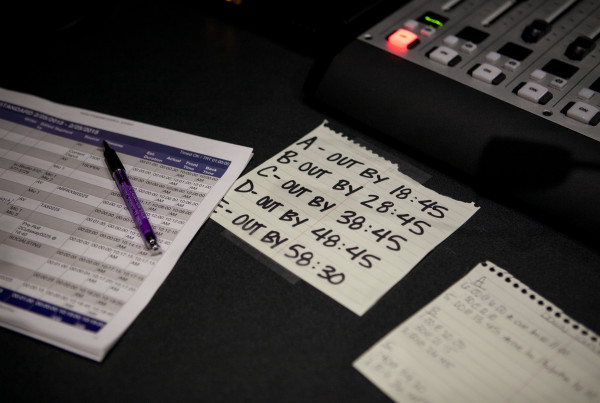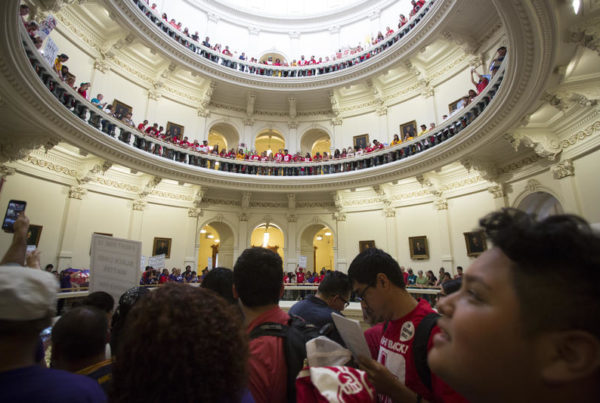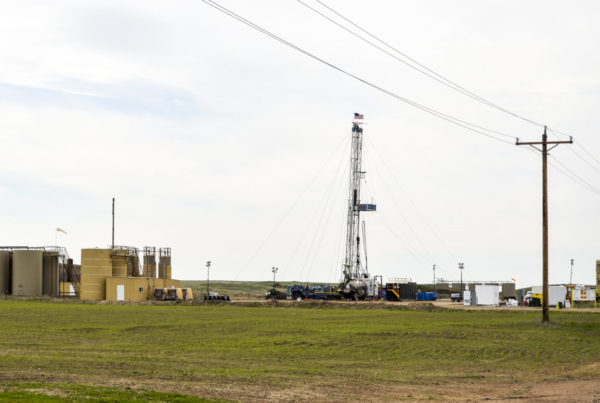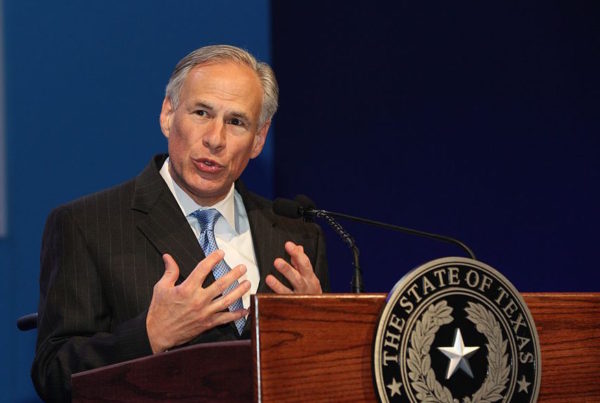From TPR:
It’s been three years since a national scandal over wait times at VA hospitals. Today at the Audie L. Murphy Memorial VA Hospital in San Antonio, hundreds of veterans are still waiting more than 30 days to see a doctor.
Data collected by National Public Radio, and made available to Texas Public Radio tells the story of an increasing need for veterans care and the scramble to keep up.
In the waiting room of the Internal Medicine Clinic at San Antonio’s Audie L. Murphy VA Hospital, 74-year-old Darwin Dahl sports his Purple Heart ball cap. He’s waiting to meet with his new primary care doctor. Dahl spent 18 months as a machine gunner in Vietnam.
“I got shot one time from the ground,” Dahl says, “I got shot in the leg.”
He likes the service at the VA and compliments the doctors and nurses, who “knows what they’re doing,” Dahl says. But, he admits that the wait for care is sometimes long.
“It’s slow because they have so many people to deal with,” Dahl says.
To help, Congress passed the Veterans Choice Act of 2014. It provides the option for veterans to get appointments with community doctors. That happened more than 30,000 times in South Texas.
Also, the federal government earmarked more than $2 billion for VA hospitals around the country to hire the staff needed to cut down wait times.
For some patients, that worked. But for others, wait times in San Antonio went up in the last three years. With a big emphasis on hiring psychologists and psychiatrists, patients needing mental health care get it faster than before.
Veterans who need routine mental health appointments wait less than half the time they did two years ago. It used to take almost five days. Now it takes an average of two.
Group Practice Manager Preeti Patel said wait times for primary care appointments have also dropped from six days in 2014 to just over four days in 2017. However, wait times for specialty care – services like outpatient surgery, urology and endocrinology – went up from four days to seven days.
The reason is a shortage of specialty physicians. Vacancies create a back log. Plus some specialties, like dental care, are not covered by the Choice Act.
Overall, staffing at San Antonio’s VA went up 5 percent since 2014. Still, in the two years that followed, each month, an average of 2,900 patients waited longer than 30 days to be seen. That’s 5 percent of all appointments.
Chief of Human Resource Management, Jeffrey Young, says the local VA is working hard to keep up. Five hundred positions are open right now.
“We have been growing by leaps and bounds over where we were about three or four years ago,” Young says.
Some patients say the VA seems to be trying harder. Former Air Force electrician Sherry Youngblood notes an attitude shift in the medical professionals.
“Honestly, sometimes they didn’t have the right demeanor,” Youngblood says. “Now, it’s not that way. It doesn’t seem like I’m bothering you when I come to get care from you. People are nicer. The quality of care has gone up.”
Others, like 76-year-old LeRoy Caverly, are willing to wait a little to see a VA doctor they know and trust.
“I think they’re doing the best they can,” Caverly says.
The Vietnam Green Beret comments that the VA seems to meet those with the greatest needs first and that’s okay with him.
“There are a lot of people here that think they should get in right away,” Caverly says. “And there are people here who’ve been hurt a lot worse than they are, who need service first.”
With younger veterans returning home from recent conflicts, and aging Korean and Vietnam War veterans needing more care, the VA will have to continue to improve access to keep up with the growing demand and avoid long wait times.
The South Texas VA has a commitment to hiring veterans to serve veterans. 43 percent of employees served in the military.


